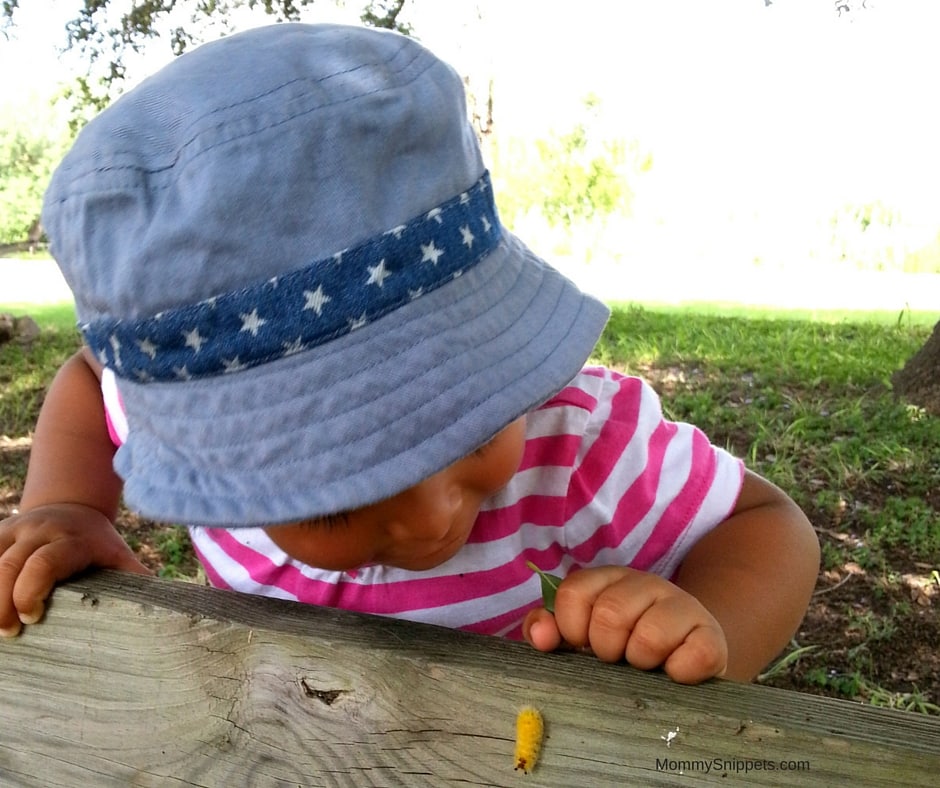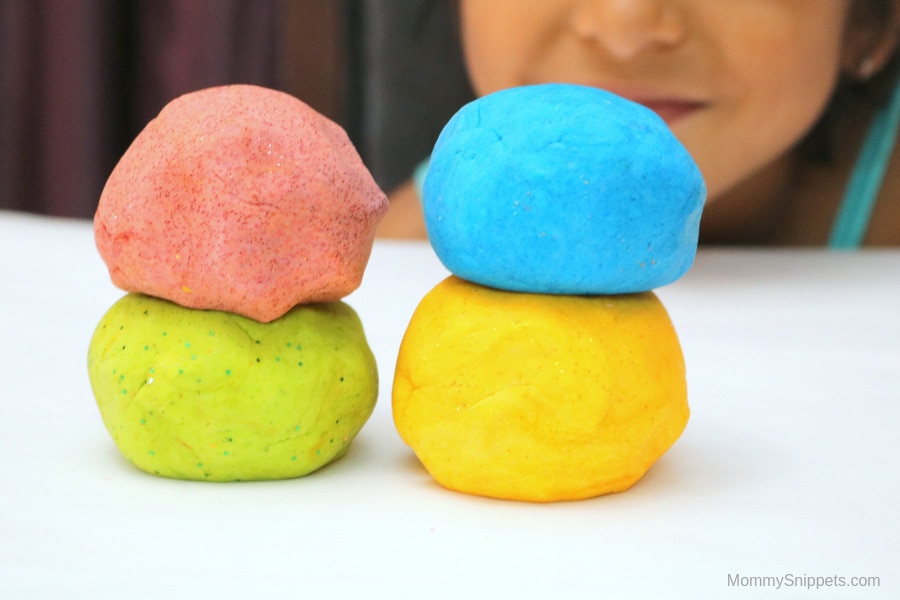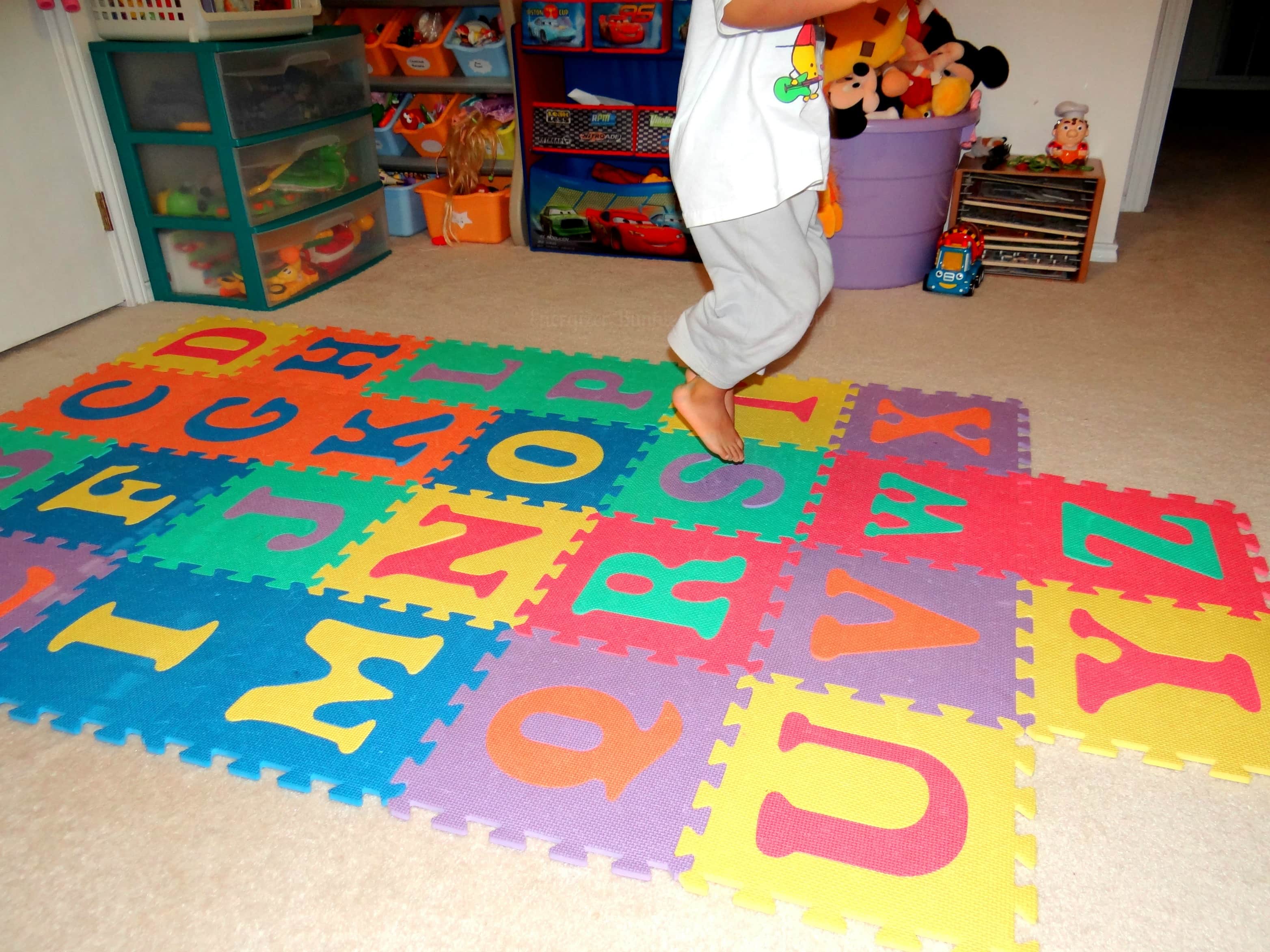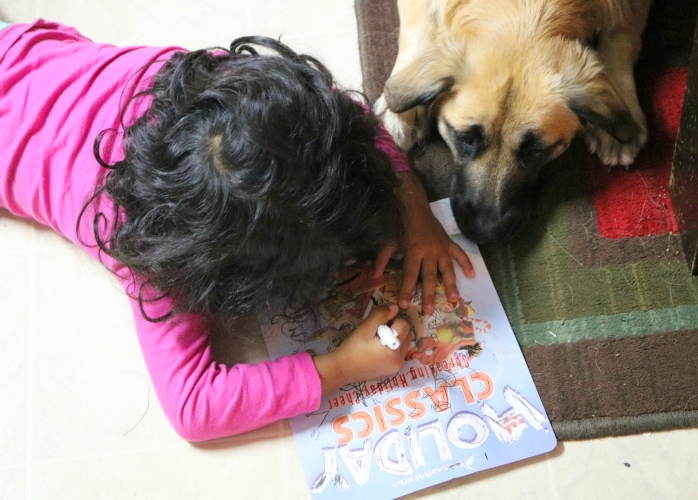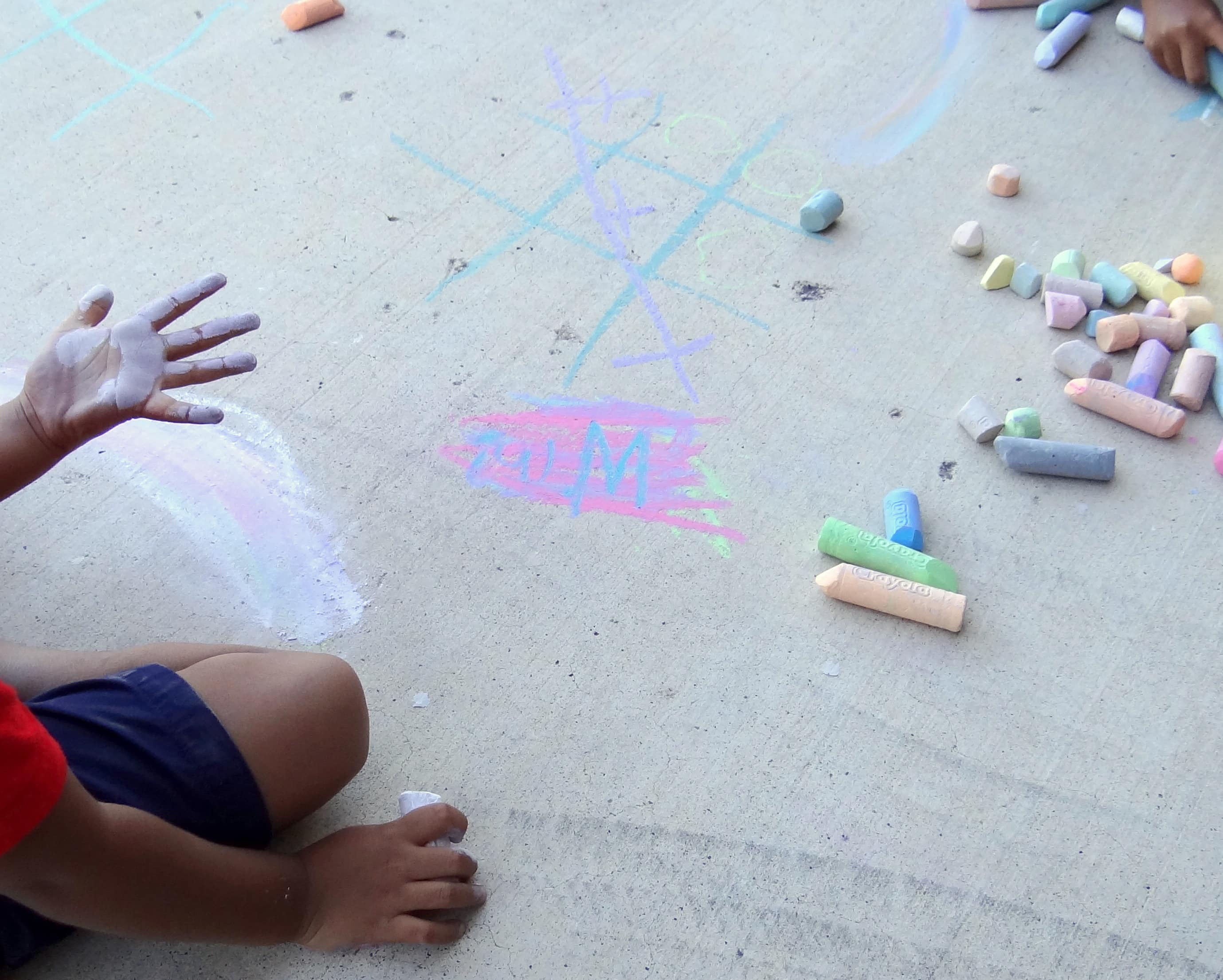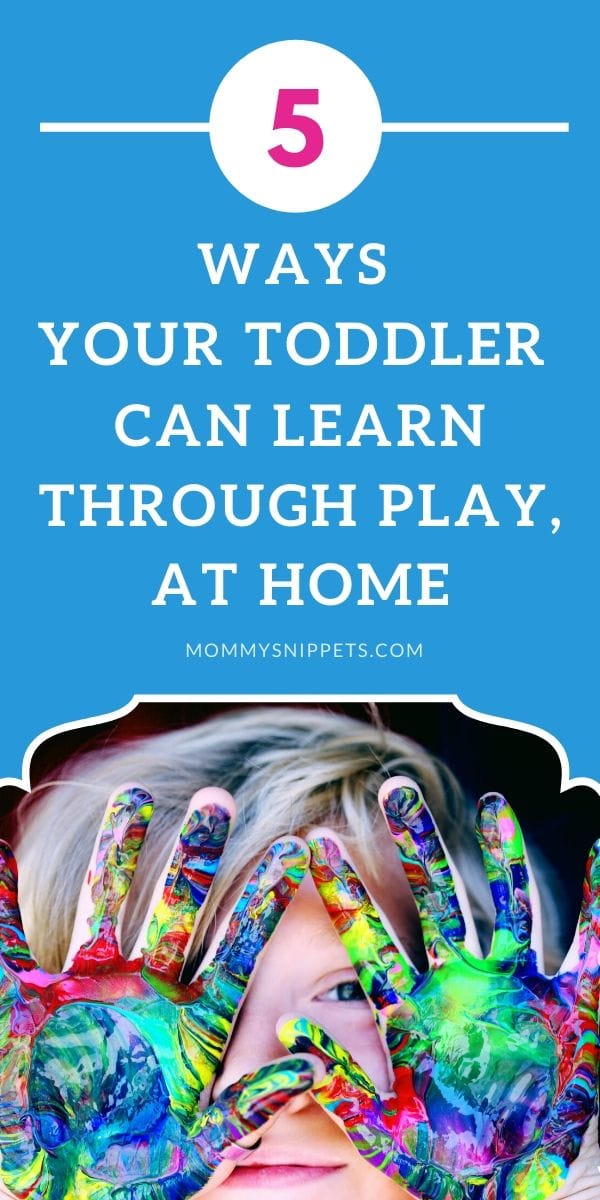5 Ways Your Toddler Can Learn Through Play, At Home
This post contains editorial samples and/or affiliate links to products I recommend. While this adds no additional cost to you, I will earn a small commission on any sales made.
A toddler’s main goal is to play and explore. As a parent, you also want your child to learn and grow. You can find ways to help her learn through play by choosing activities that are both educational and fun. Activities like the ones shared below.
This is a sponsored post. All opinions are the author’s own.
Sink or Float Experiment
Sink or Float is a fun science experiment you can do at home. While it is easily done indoors, you can also complete the activity in your backyard. All you need to get started is a plastic container filled with water, as well as a bucket of different types of objects or toys. These may include small toy animals, flowers from the garden, or seashells. Try to guide your toddler so they choose objects of various weights or sizes. Gather all of the supplies and take them to an area that you do not mind getting a little wet.
If you are playing indoors, consider putting a towel or drop cloth under the container. You can also place the toys and water bucket in a larger plastic storage bin. The extra protection will keep your furniture and floors from getting wet. Now that you are ready to begin the experiment, have your child pick their first object. Ask them to gently dip the item into the water. Decide if the toy sinks or floats.
Record your findings in a notebook or white erase board. Move to the next object, finding out if they sink or float until you are done. At the end, you can count how many items floated and which traveled down to the bottom. Older toddlers may find interest in discussing the difference between sinking and floating, which is an excellent opportunity for you to play scientist and teacher.
Shape Recognition Sticker Art
Every toddler loves stickers. Use them to make sticker art an educational learning activity. First, you will need to find decals in a few different shapes or colors. You will also need a large piece of paper. Both of these items are available at craft stores. Tape the sheet of paper on a wall of your choice.
Next, use a black marker to draw different shapes, such as a rectangle, square, triangle, and circle. Now, demonstrate the activity by placing a different sticker into each drawn shape. For instance, blue-colored stickers go in the circle shape, while orange stickers go inside the rectangle.
After you place one decal in each of the shapes, tell your toddler they can begin adding their own. As they sort shapes and colors, they will also be improving their fine motor skills. Customize the sticker art activity any way you would like. Instead of shapes, you may also choose to draw animals, letters, or numbers. The stickers do not have to be basic, either. As long as you have several different stickers of a few different styles, you can easily complete the activity.
Color Recognition Fun
Recognizing colors is an important skill to learn before starting school. Finger painting is a fun activity to do at home that can also help to memorize different colors. Buy a paint set that contains all of the hues of the rainbow. You will also need large sheets of paper so your child can have a place to put the paint.
Dip your toddler’s finger in the red paint and then recite the word “Red.” Next, direct their finger to the paper so they can draw with it. Let them play a while and then move onto orange and yellow. Work through the rainbow until you talk about each color. (Or use a brush)
Since this activity can get messy, make sure it is in a place where you can complete easy clean-up. Your child may also need to wear an apron or a pair of throwaway clothes. Using washable, kid-safe paint will decrease the chances of staining garments or clothing.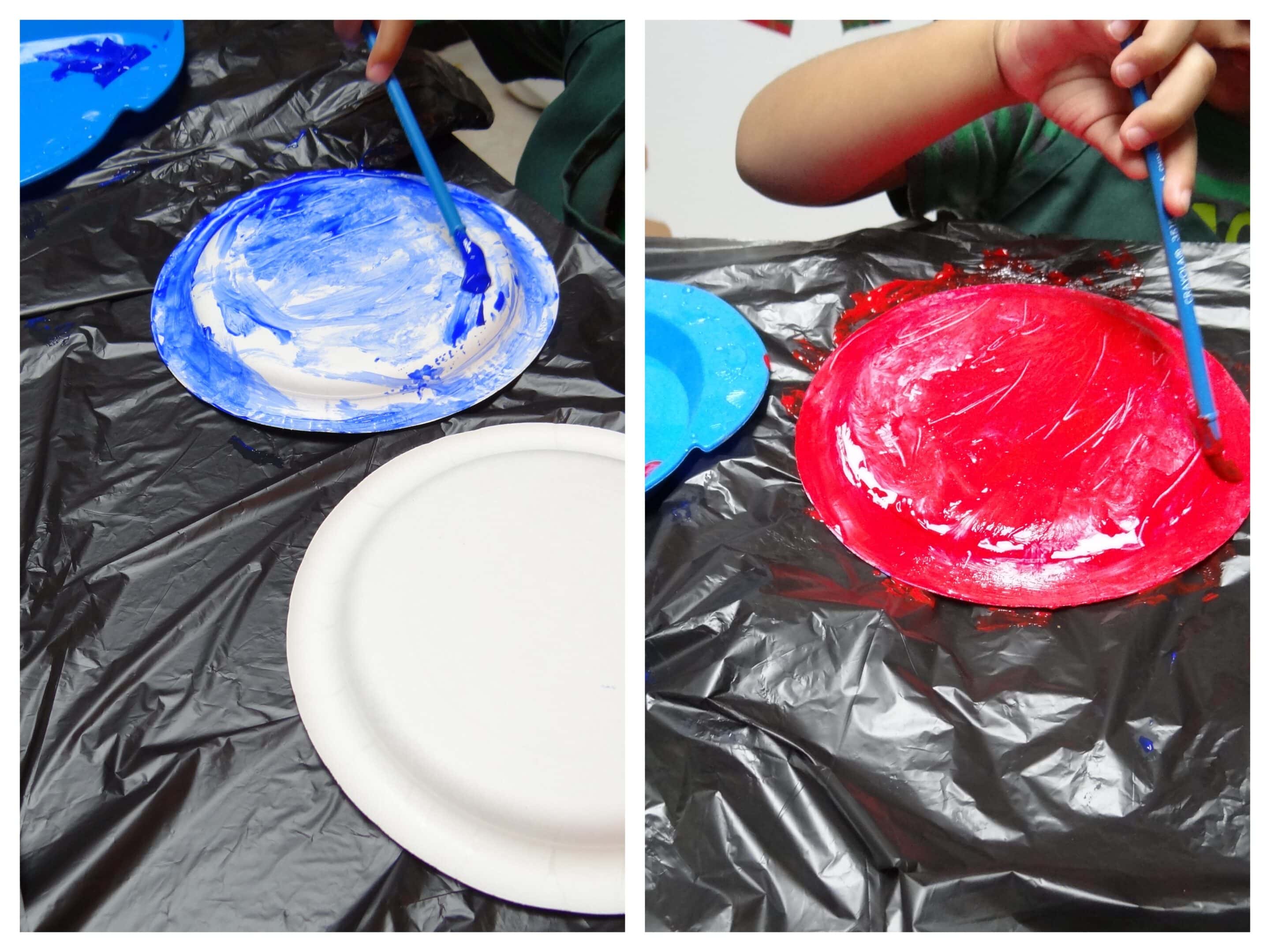
Alphabet Magnet Matching
Help your toddler master the alphabet with a magnet matching activity. To get started, you will need plastic magnetic alphabet letters, as well as a large piece of paper and a black marker. Take a large sheet of paper and then write the entire alphabet on it with a black marker. Tape it on the bottom part of your refrigerator, where your child can reach it.
Next, put each plastic letter on a table or on the floor. Tell your little one to match the letters with the letters on the paper. When they are done, go over each letter. This will help them to memorize the alphabet.
(When Dottie was young, alphabet magnets were a favorite and once she starting going to preschool, our refrigerator became the place for try spelling out words.)
Another fun way to learn the alphabet is with an alphabet mat. All three of my kids loved playing Alphabet Hop on the one we bought when Dottie was 2.
Would you believe we still have the mat? Sentimental value!
Name Recognition Art
Around the age of two, your toddler will begin to recognize their written name. You can help them remember how to spell their name by creating fun art. The possibilities for this activity are endless. One simple idea is to draw your child’s name and have them color or paint their favorite inside. Frame the piece of art and then place it in their room. When you are playing or getting ready for a nap, you can take a look at the drawing and recite the letters. Over time, your little one will memorize how it looks.
For instance, if your toddler’s name starts with a “B,” you can remind them that “book” and “bear” also start with the same letter. Work through each letter of their name to make it fun!
Learning and Having Fun at Home
Your child considers your home to be their safe place, as well as a center for exploration. With the help of these simple and educational activities, you can also make it a hub for learning. As you get started, remember these tips:
First, schedule educational activities for when your toddler is rested and not hungry. (Need some variety with snacks, check these toddler approved snacks that all 3 of my kids loved as itty-bitties.) This will allow them to best focus on learning new skills.
Next, keep them cozy and relaxed with durable, quality toddler clothes. Active little ones do best in bodysuits and outfit sets that let them get mobile. Pants, shorts, and leggings are all excellent choices for learning in comfort.
Finally, do not worry if your child gets discouraged or bored with certain activities. Some kids may not be ready to learn various skills, while others will be more interested the next time you try it.
Stay patient and positive. After all, flexibility and a love for learning are two traits you can model for your child. With a little experimentation, you will find what entertains your toddler while helping them learn.
I’d love to hear from you. Hop over to chat with me on Facebook and/or Twitter

